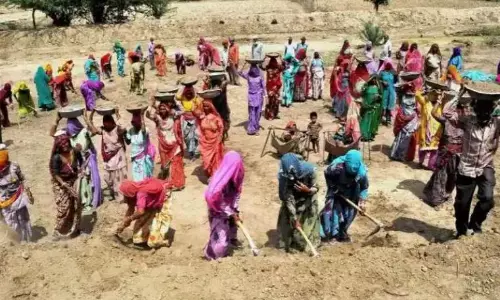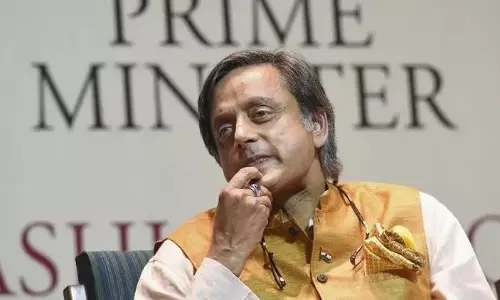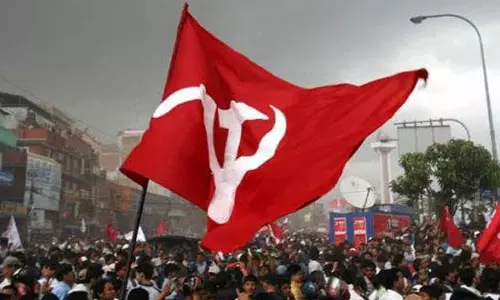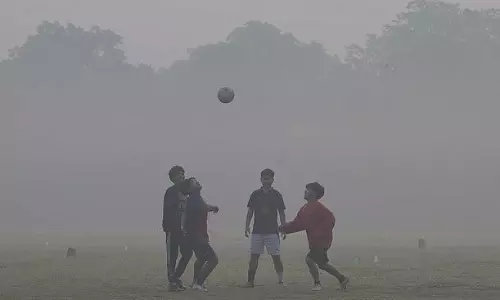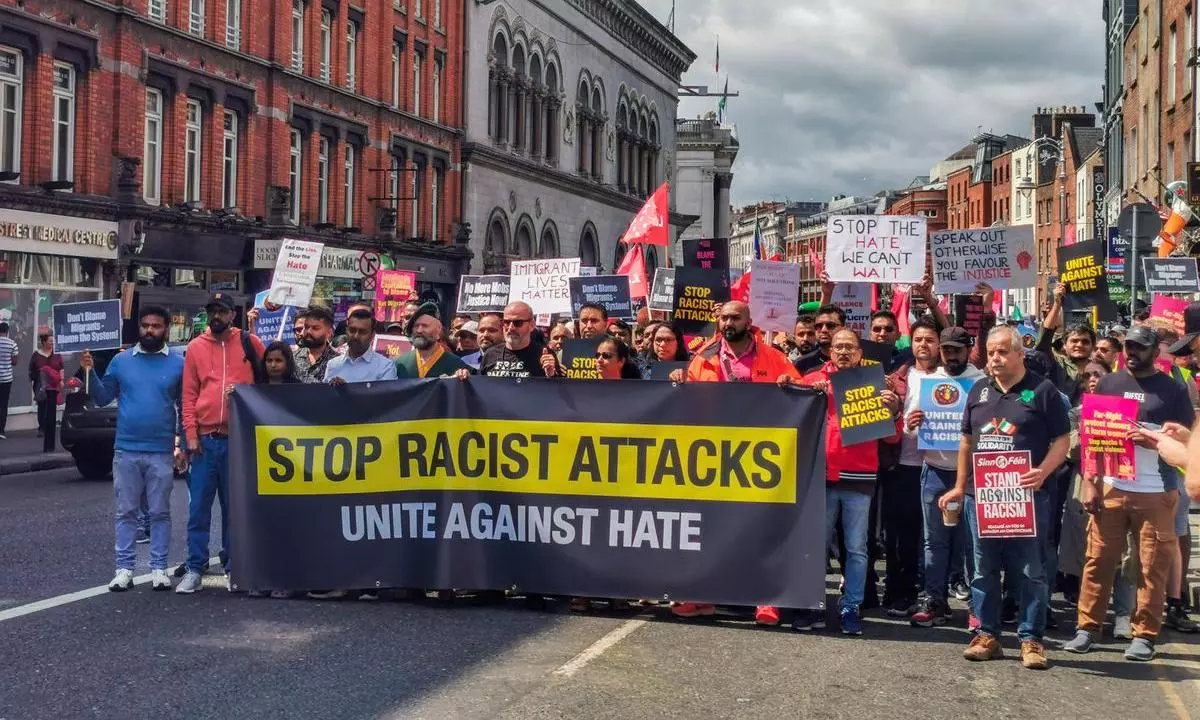
Indian community in Ireland is integrated as Irish, yet victimised racially
text_fieldsThe Indian community in Ireland was aghast at an assault on an Indian man in the street. The only almost reassuring aspect of the crime was that it was shocking in its rarity. Indians in Ireland and white Irish people protested against racism. The seriousness of this incident should not be exaggerated.
Ireland has 7 million people, and there has not been a racist murder for over 100 years. There are violent assaults in every country every day. But Indians and Irish-Indians are more than a little on edge.
White supremacism exists throughout the white world, but it is a minority in every country. Sadly, Ireland is not immune to this mind virus. The Government of Ireland vociferously denounced racism, including anti-Indian prejudice. Irish people have emigrated for centuries. Many Irish people say that, as Irish men and women once sought equality in the countries where they settled, it behoves Ireland to treat its immigrants and ethnic minority citizens fairly, too.
Dr Leo Varadkar was Taoiseach (Prime Minister) of the Republic of Ireland. He was half Indian and half white Irish. He is the first person of Indian descent to become Prime Minister of any European country. The United Kingdom followed by making Rishi Sunak Prime Minister in 2022. Varadkar is also openly homosexual.
The Republic of Ireland has amicable relations with New Delhi. The President of Ireland was the chief guest at the Republic Day Parade in the 1970s. Ireland has been honoured to receive the President and the Prime Minister of India on a number of occasions. Nehru came in 1956, and President Radhakrishnan in 1964.
The Indian community in Ireland is largely concentrated in Dublin, which is the capital city. Dublin has a million people, accounting for 20% of the Republic of Ireland’s population. The Indian community forms 1% of the Irish population but 4% of Dublin’s population. Intermarriage between Indians and the white Irish population is entirely socially acceptable, and there are plenty of mixed-race people.
There was an Irish-Indian in the Dáil (Irish Parliament) in the 1990s named Dr Mosajee Bhamjee. He was a South African citizen of Indian blood who moved to Ireland to escape apartheid and became an outspoken enemy of it. More recently, Jasmine Gerhardt, an Irish-Indian who is ethnically Indian on her mother’s side, was crowned Miss Ireland in 2023.
Ireland accepts that people of other ethnicities are Irish. The Rose of Tralee is Ireland’s most storied beauty contest, and in 2010, Clare Kambamettu won the title. A mixed-race contestant, the daughter of a Zambian father and an Irish mother, was also crowned Rose of Tralee in later years.
The Indian-Irish community consists mostly of doctors, dentists, financiers, accountants, pharmaceutical professionals, and postgraduate students. Ireland is a very alluring place to live. It is a very rich, totally English-speaking, clean, and safe country that has always enjoyed cordial relations with India. By some measures, Ireland is the sixth-wealthiest country in the world.
People can obtain Irish citizenship after five years of legal residency in the Republic. Most of the Indians in Ireland are Irish citizens. In Northern Ireland, British citizenship is obtainable after six years of legal residence. A child born in Ireland (either in the Republic or the North) has the constitutional right to Irish citizenship if his or her parents were legal residents at the time of the child’s birth.
This means that Indian couples in Ireland often choose to have a child there as soon as possible. The baby gains citizenship before the parents, who then have the right to remain in Ireland until the child is 18, since deporting the parents would effectively mean deporting the child and depriving him or her of the right of an Irish citizen to live in Ireland.
There is a common travel area between the UK and the Republic of Ireland, so British and Irish citizens have the automatic right to reside and work in each other’s countries for life.
In the last 25 years, immigration to Ireland has increased exponentially. As Isaac Newton said, every action produces an equal and opposite reaction. Unprecedented levels of immigration perturb some Irish people. Immigration is a sign of Ireland’s phenomenal economic success and has been a boon to the economy in many respects.
However, mass immigration has not been entirely positive. Housing was very affordable in the 1980s, but now it is unaffordable for many despite the country’s newfound prosperity. Some people blame immigrants for driving up house prices, but the truth is more complicated than that.
The anti-immigration movement says, ‘Ireland for the Irish.’ There is a small amount of hostility towards all immigrant groups. The National Party is the main anti-immigrant group, but it scores under 1% of the vote in elections. There have been noisy protests at hotels housing asylum seekers.
The Lord Mayor of Dublin several years ago was Hazel Chu, an Irishwoman of Chinese origin. The National Party even had the nerve to say that she ought to be stripped of Irish citizenship. Its ethno-nationalism and xenophobia are repellent to the great majority of Irish people.
There are plenty of indigenous Irish people who are revolted by racism. They have demonstrated on the streets to show their solidarity with people of all races in Ireland, whether they are Irish citizens or not. Immigration has increased to the Republic of Ireland as well as to Northern Ireland, which is part of the United Kingdom.
Most of this is legal immigration, though illegal immigration is also causing alarm. Immigrants to Ireland are mostly Romanian, Indian, Brazilian, Polish, Italian, Nigerian, Egyptian, Spanish, German, and American. The non-white groups are more visible, and there is more hostility towards them than towards whites.





